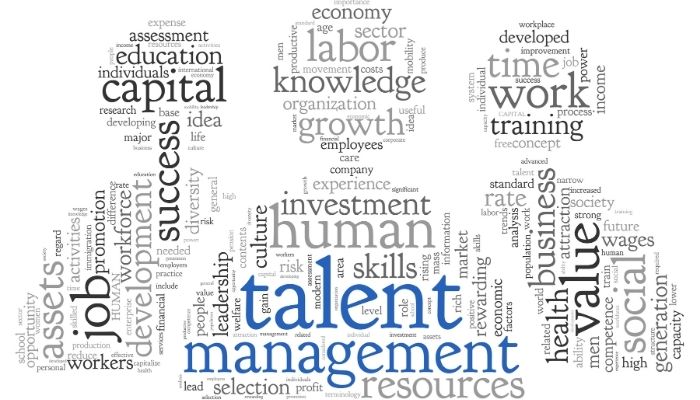Organizations enlist fresh talent for various motives, such as growth, evolving objectives, employee turnover, and more. However, contemporary recruiters cannot afford to remain passive until such events occur. In today’s rapid and highly competitive hiring environment, recruiters must adopt a proactive stance by proactively nurturing a pool of prospective candidates, and preemptively preparing for future hiring needs.
Build a Talent Pipeline in Simple 4 Steps
1. The Significance of a Talent Pipeline:
In today’s competitive business environment, the significance of a talent pipeline cannot be overstated. A carefully constructed talent pipeline serves as a strategic asset that enables organizations to proactively address future talent needs. It minimizes disruptions caused by workforce gaps, sudden departures, and changing skill demands. By maintaining a pool of pre-qualified candidates, organizations can reduce time to fill critical roles, ensuring operational continuity and efficiency. Beyond immediate hiring needs, a robust talent pipeline allows organizations to strategically nurture candidates who align with their values and long-term objectives. This approach transcends mere vacancy filling, contributing to the formation of a workforce that can shape the organization’s future trajectory. Moreover, a well-managed talent pipeline leads to cost savings by reducing recruitment expenses and turnover rates. In the context of offshore companies, a talent pipeline becomes even more crucial, aiding in navigating cross-border challenges and facilitating global expansion efforts. Overall, a talent pipeline equips organizations with the agility and preparedness required to thrive in a rapidly evolving business landscape.
Also Check: RPO in Global Talent Acquisition
2. Challenges in Building a Talent Pipeline:
Building a talent pipeline is essential for ensuring a consistent stream of qualified candidates for current and future job openings. However, this endeavour is not without its challenges:
- Resource Allocation: Allocating time, effort, and resources to pipeline development can be a challenge, especially when there’s pressure to fill immediate vacancies.
- Skill Shortages: In some industries, finding candidates with specific skills or qualifications can be challenging, making it harder to build a robust pipeline.
- Candidate Engagement: Maintaining the interest of candidates who might not have immediate job opportunities can be tricky. With regular communication, they may gain interest or be lured away by other opportunities.
- Technology: Leveraging technology effectively for pipeline development can be complex. Organizations need to invest in applicant tracking systems and other tools to streamline the process.
- Data Management: Keeping candidate data organised and up-to-date in the pipeline can be challenging, particularly for larger organizations with extensive candidate pools.
- Changing Needs: Industries and job requirements evolve over time. Keeping the talent pipeline aligned with these shifts requires continuous monitoring and adaptation.
- Competition: The competition for top talent is fierce. Other organizations may also be targeting the same candidates, which can make it challenging to build and maintain relationships.
- Candidate Experience: Even candidates in the pipeline deserve a positive experience. Neglecting their needs or treating them poorly can harm an organization’s reputation.
- Diversity and Inclusion: Ensuring diversity within the talent pipeline can be a challenge, but it’s essential for building a well-rounded workforce.
- Legal and Compliance Issues: Staying compliant with labour laws and data privacy regulations, especially when building and maintaining candidate databases, is crucial.
3. Steps in Building a Talent Pipeline:
- Forecasting Future Needs: Begin by analyzing organizational growth plans, industry trends, and skill gaps to anticipate future hiring needs accurately.
- Attracting Top Talent: Implement effective employer branding strategies to attract the best candidates. Leverage your company’s values, culture, and unique offerings to create a compelling value proposition.
- Nurturing Relationships: Engage with potential candidates through various touchpoints, such as career fairs, workshops, webinars, and social media interactions. Building relationships early can foster a sense of familiarity and interest in the organization.
- Utilizing Recruitment Tools: Leverage applicant tracking systems (ATS), recruitment software, and CRM platforms to track candidate interactions, monitor engagement, and manage candidate data efficiently.
- Leveraging Employee Referrals: Encourage current employees to refer potential candidates, tapping into their networks and extending your reach to high-quality talent.
- Talent Pipelining: Engage in ongoing talent pipelining, where you continuously identify, engage, and nurture potential candidates even before specific roles become available.
4. Tools and Resources for Building a Talent Pipeline:
- Recruitment Software: ATS platforms offer features to manage candidate data, track interactions, and streamline the recruitment process.
- Social Media and Online Platforms: Utilize platforms like LinkedIn, job boards, and social media to build an online presence that attracts potential candidates.
- Talent Networks: Create dedicated talent networks on your company’s website, inviting candidates to join and receive updates about upcoming opportunities.
Building a talent pipeline is an ongoing endeavour that requires a comprehensive understanding of the organization’s goals and industry trends. By proactively engaging with potential candidates, nurturing relationships, and leveraging advanced tools, organizations can secure their talent needs for the future and maintain a competitive edge in a rapidly changing job market.
Conclusion:
In an era marked by rapid changes and global connectivity, building a talent pipeline for the future has become imperative for organizations seeking sustained growth and adaptability. By recognizing the significance of a well-constructed pipeline, understanding its challenges, and employing strategic steps and tools, businesses can proactively address their future talent needs. Through proactive engagement, personalized interactions, and continuous development, organizations can attract, nurture, and retain a diverse pool of candidates who are ready to contribute to their success. In the realm of offshore companies hiring, an effective talent pipeline not only ensures a seamless workforce transition but also serves as a foundation for innovation, agility, and organizational excellence. ANS RPO is a leading offshore RPO solution provider.


